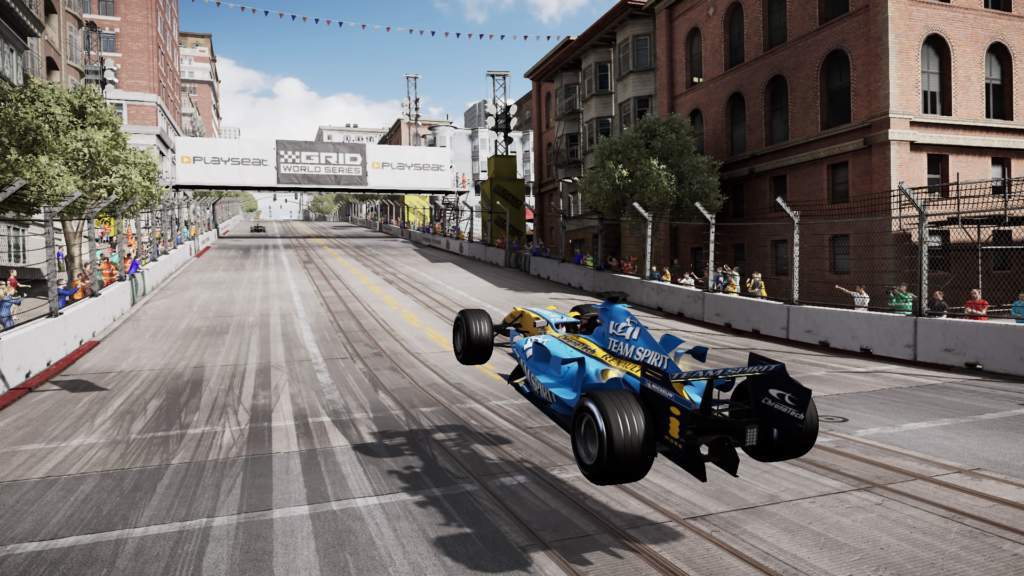Following in the footsteps of F1 2021, Codemasters and EA announced the latest instalment in the GRID franchise will be heavily narrative focused.
It’s promised to put players at the centre of a fly-on-the-wall documentary that captures every moment on and off the track.
GRID Legends will make use of a varied cast of actors who portray a number of different drivers, including Nathan McKane of the rival Ravenwest team – which has been a staple in the series.
It’s a definite departure from the most recent game in the franchise, simply titled GRID, which came out in 2019 and was meant to be a reboot of the game series. It fell flat for many players though because it abandoned a lot of what made the earlier releases so beloved.
The first two GRID games were quite similar in approaches but GRID Autosport took the series in a slightly different direction before GRID 2019 completely shifted it by removing the need to build up your own racing team.
None of the four GRID games are without their own good points, though, and since GRID Legends looks to be another shift in approach for the franchise, here’s a look at what the high and low points were from the first four titles.
What to carry over
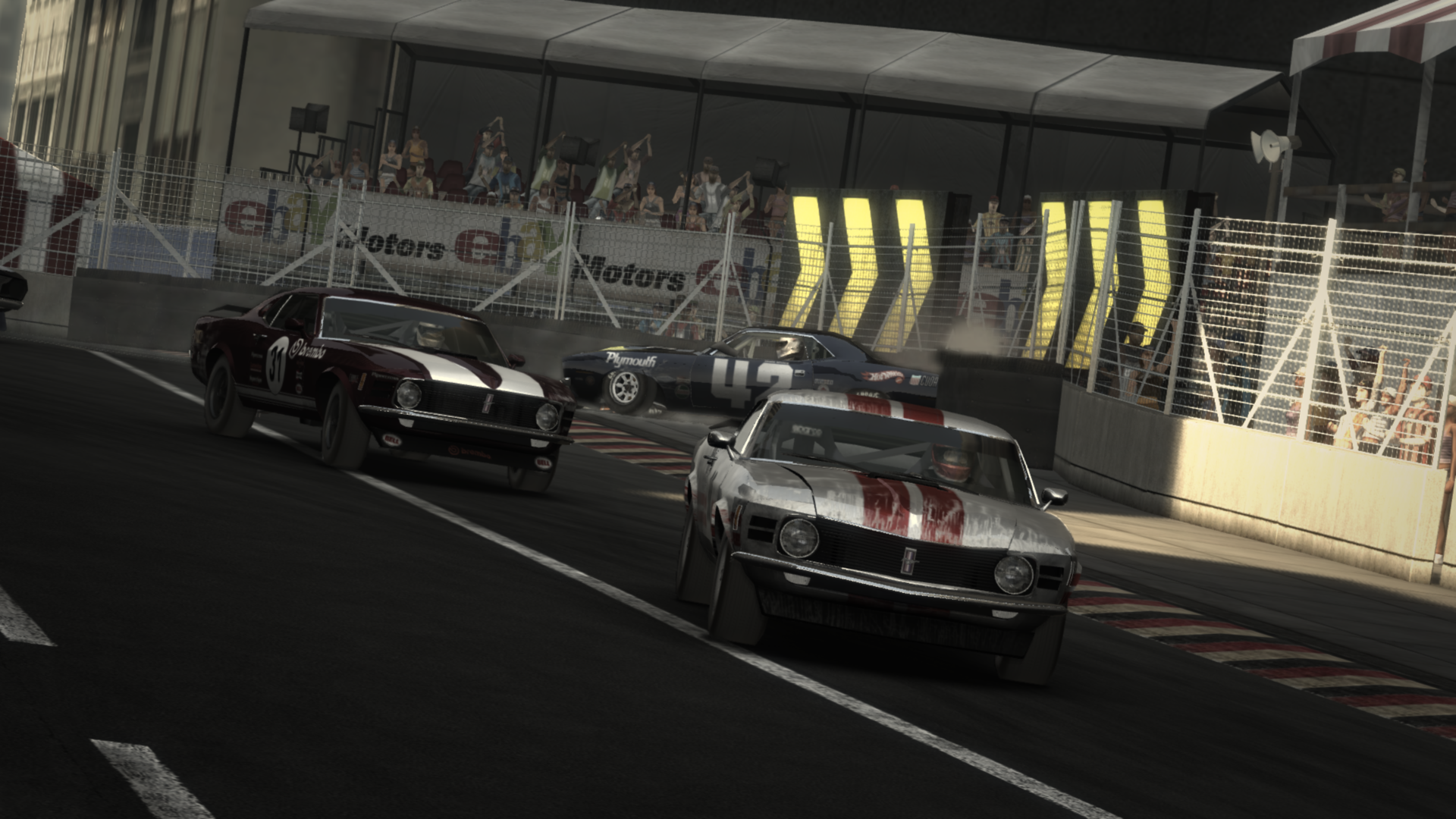
In many people’s opinion, the series peaked with its original title – Race Driver: GRID – because it was the only one to capture the idea of starting and steadily improving your own racing team.
At the start of the game you took part in one-off events for other teams before buying your own cars, painting them with your team’s own livery and then racing them. After a while you can then sign a team-mate to race alongside you and together you earn even more money.
In the later games you could even give your team-mate instructions on how to drive mid-race. GRID Autosport handled this in the best way with a 1-5 scale that ranged from being as defensive as possible to telling them to try to make their way up the order at whatever cost.
In 2008 career modes were still in their infancy in many sports and racing games but Race Driver: GRID had a simple yet effective progression that none of its sequels ever quite matched.
Another minor detail that added a lot to the immersion of building your team was the fact that after every successful event there would be new sponsors that you could sign and have their liveries on your custom cars.
The idea of signing sponsors in a game isn’t revolutionary but unlike in a lot of other games, including the F1 titles which have fictional sponsors, the ones in Race Driver: GRID were real companies.
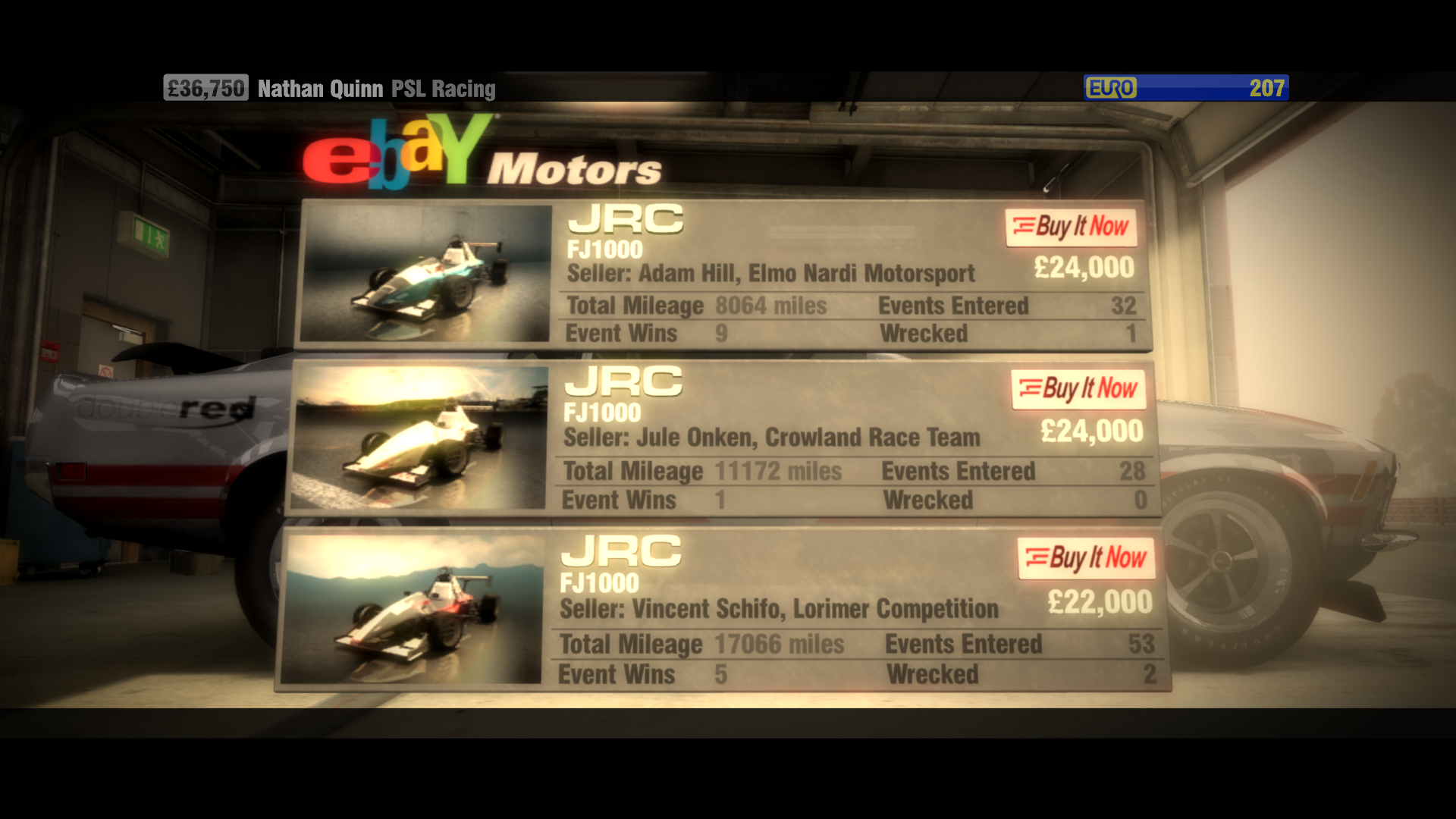
There’s a multitude of different companies that will happily put their logo on your team’s cars and one company that marketed itself better than any other was eBay, since you can even buy cars in the game at a slightly discounted price by going on the in-game eBay Motors page. That’s despite how illogical it would be to buy open-wheel racing cars, or even Le Mans Prototypes, second hand on eBay.
But the point is that it does a lot for immersion to have real sponsors that will back your team and, even all these years later, having that many real companies in the game is still a novelty.
Arguably one of the main features that the GRID games, particularly the first, are best known for are mistakes from the AI drivers.
In practice it’s quite a simple system as generally speaking only drivers ahead of you will spin or crash and there’s a certain inevitability to it happening if you’ve been following the same driver for a while. That said, it’s still much more enjoyable than having robotic AI that always stick perfectly to the racing line and never screw up.
Driver mistakes had even more weight to them since the first three games all had reasonable damage models. So if you hit the wall hard enough you would total the car, but even before then you could damage the engine, the suspension, get lopsided steering and even puncture your tyres and have to drive on the rims.
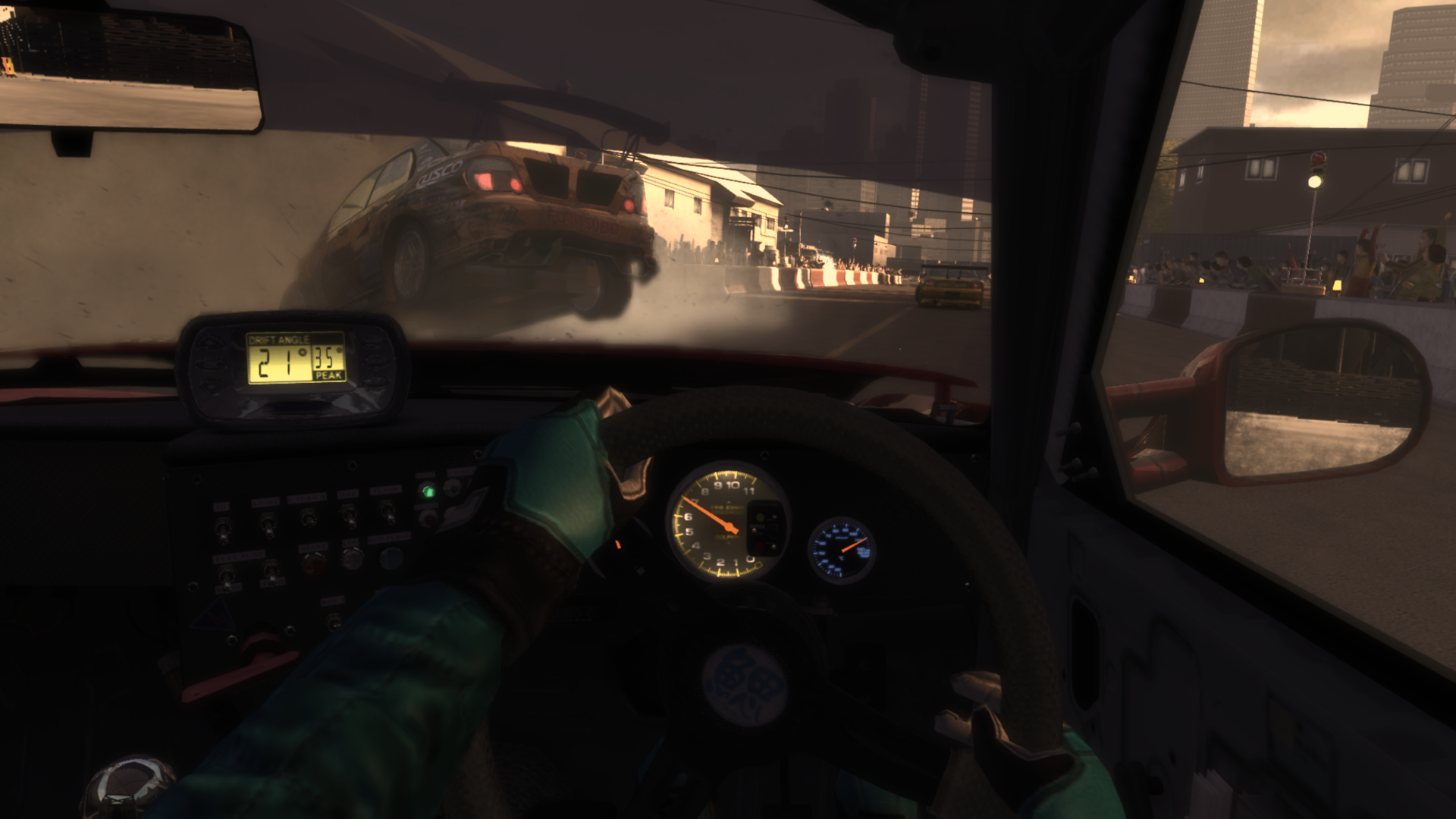
Both of those points came together in the demolition derby events where the frenetic AI and car damage model combine to create some truly chaotic and immensely fun events. With jumps and crossovers, winning was as much about luck as it was skill and it’s perfectly possible that half of the starters don’t make it to the end of the race.
It wasn’t all about chaos and destruction in the earlier GRID titles since there was also Le Mans Series and you were encouraged to race in the 24 Hours of Le Mans at the end of each in-game season.
Each race wasn’t actually 24 hours long but it still featured a day to night and back to day cycle and had a grid of LMP and GT cars that included some of the actual teams and drivers that took part in the real-life 2006 event.
Aside from regular races, there were other forms of motorsport, including drifting events. There were regular drift competitions where you scored points for the speed and angle of your drifts and got a multiplier if you were able to chain multiple ones together.
Then there were drift races where you didn’t have to win the race, but the higher up the order you were also contributed to your score as well as the quality of your drifts.
Fortunately the drift mode is already confirmed to be coming back for GRID Legends but there are other event types which would be very welcome returns.
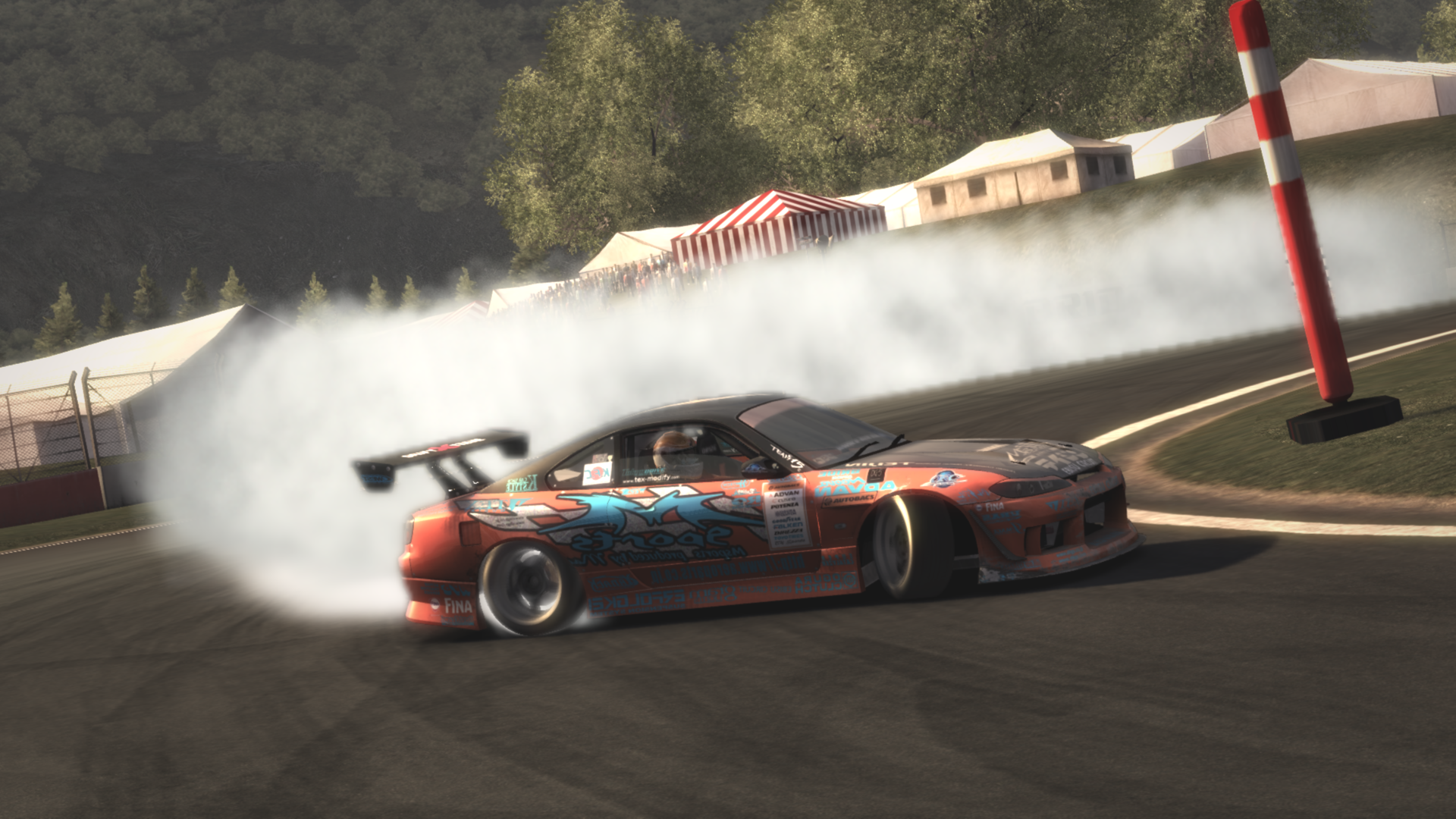
GRID 2 had elimination events and overtaking challenges, the latter involving trying to overtake as many examples of a slower vehicle as possible within a certain time and without crashing.
What would be more interesting though, and fitting for the dramatic tone and creating fierce rivalries with the other drivers that GRID Legends is trying to achieve, are the touge races.
They take place on sections of a public mountain road in Japan and in the races two drivers would race against one another both up and downhill.
What made the events particularly interesting is that there could be random pedestrian traffic in the oncoming lane that you would then have to avoid. That’s the sort of race that a lot of games would want to avoid but, from what we’ve seen in the first trailer for GRID Legends, touge events would be right at home in that game.
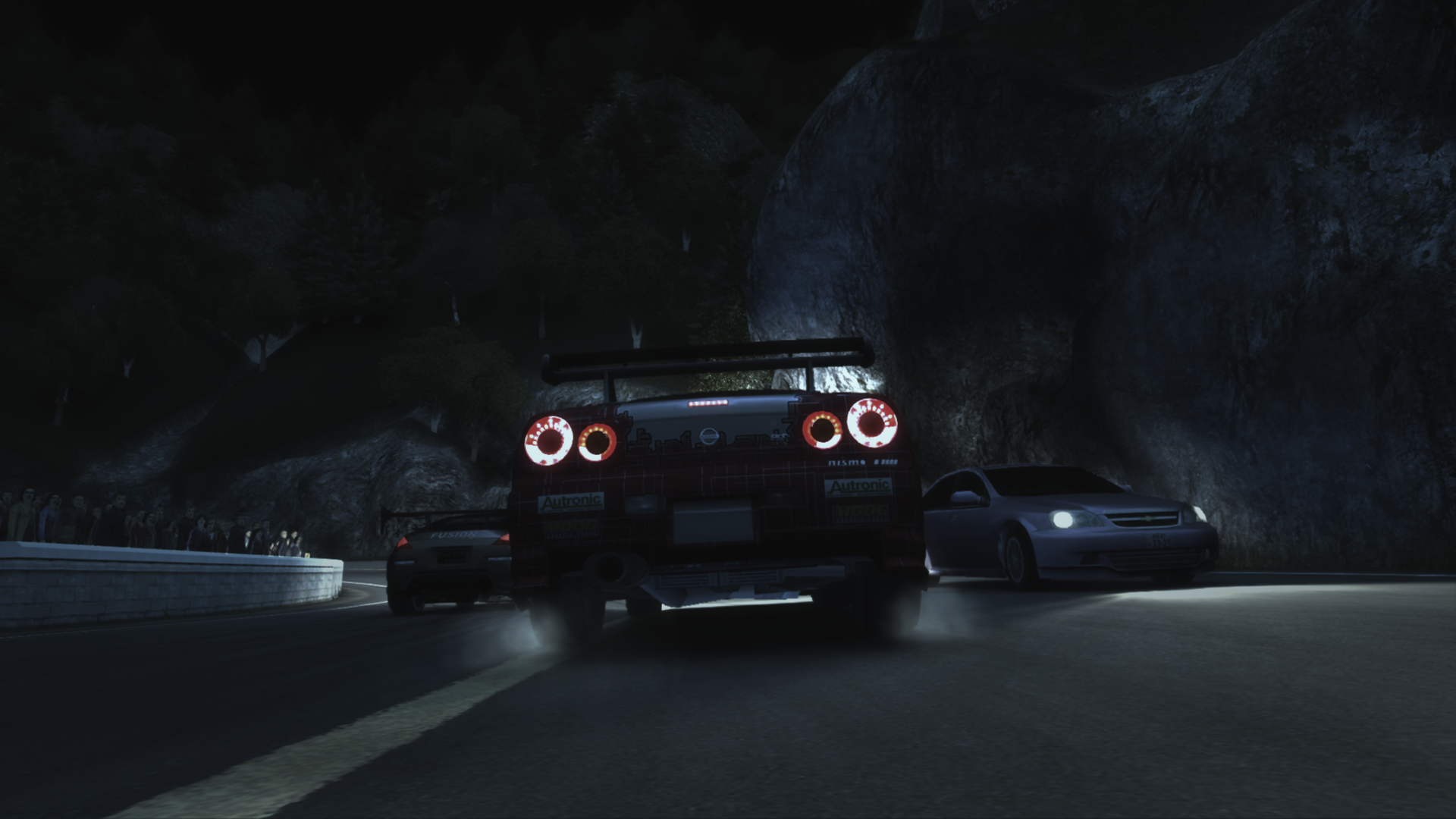
What GRID Legends needs to improve on
It’s difficult to talk about the negative side of the GRID games without mentioning the 2019 release. The previously mentioned event types had all been stripped out with only conventional races and time attacks remaining.
There were no demolition derbies, the damage model was so minimal as to be almost visual only and at no point did you have to build a team up from scratch. You could still sign team-mates, including Nathan McKane of Ravenwest, but the progression to that point was far less satisfying.
There are some complaints specific to the latest GRID game though, including the lack of a photo mode and the minimal difficulty options due to there being no slider. Both of those already featured in the F1 games, also developed by Codemasters, at that point in time, making their omission even more frustrating.
One thing to keep in mind is that the GRID franchise is the spiritual successor to the TOCA Race Driver series and in some aspects, TOCA Race Driver 3 beats the GRID games hands down.
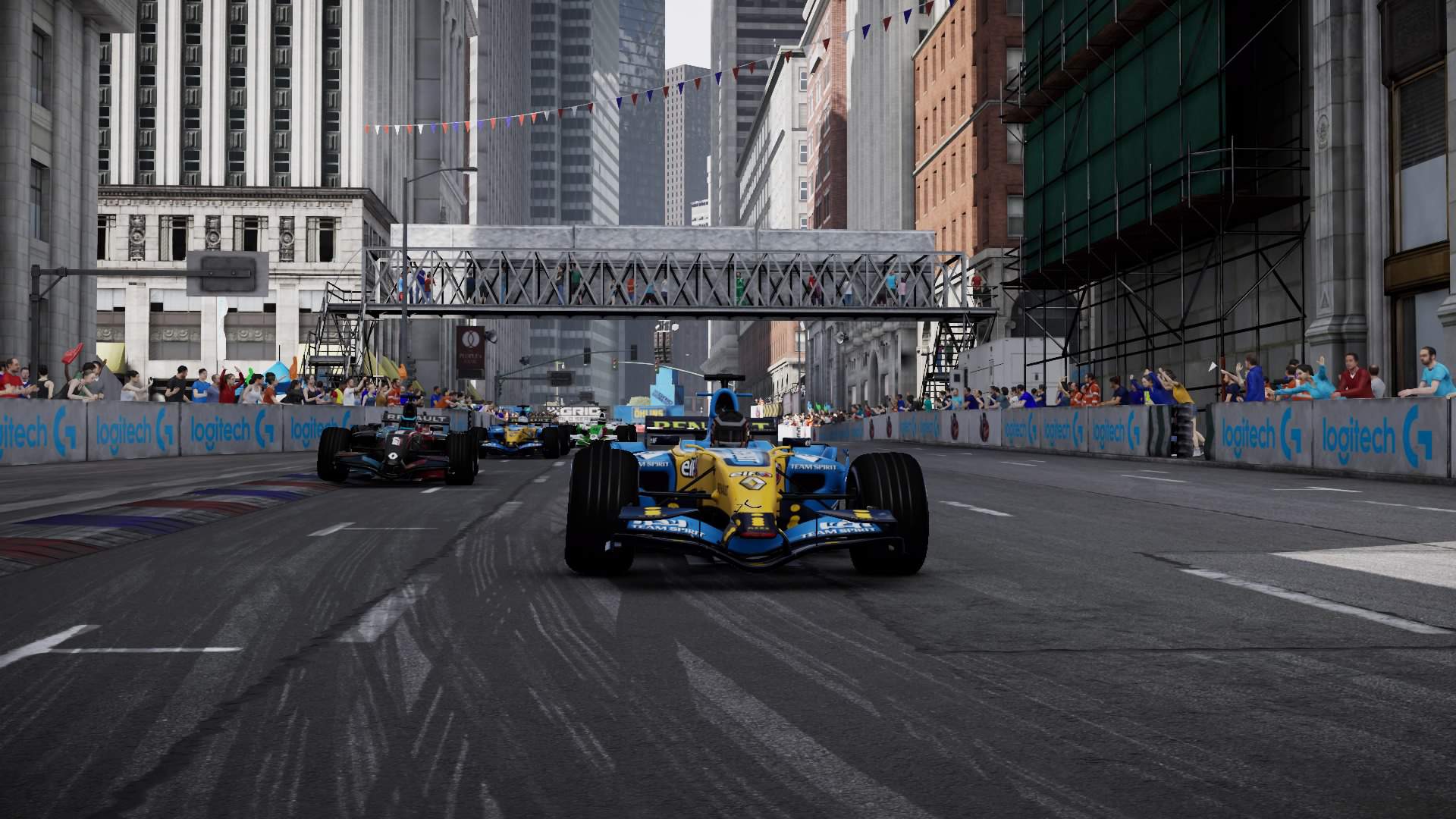
TOCA Race Driver 3 had licensing for DTM, V8 Supercars and IndyCar as well as Lotus and Williams F1 cars. That’s far from the complete list and while the GRID games had some notable licenses, including the 2006 Renault F1 car and with Fernando Alonso driving in the 2019 GRID game, they never matched the number of licences seen in TOCA Race Driver 3.
Given the emphasis on actors being brought in to portray the fictional drivers in GRID Legends, it’s unlikely that increasing the licenses is a priority for the developers.
What GRID Legends could certainly benefit from though is an increase in the variety of cars and tracks on offer.
GRID 2019 gave players the freedom to race Alonso’s 2006 F1 car around the streets of San Francisco. That’s the sort of absurdity that GRID Legends seems to be going for and there are a number of ways it can do so.
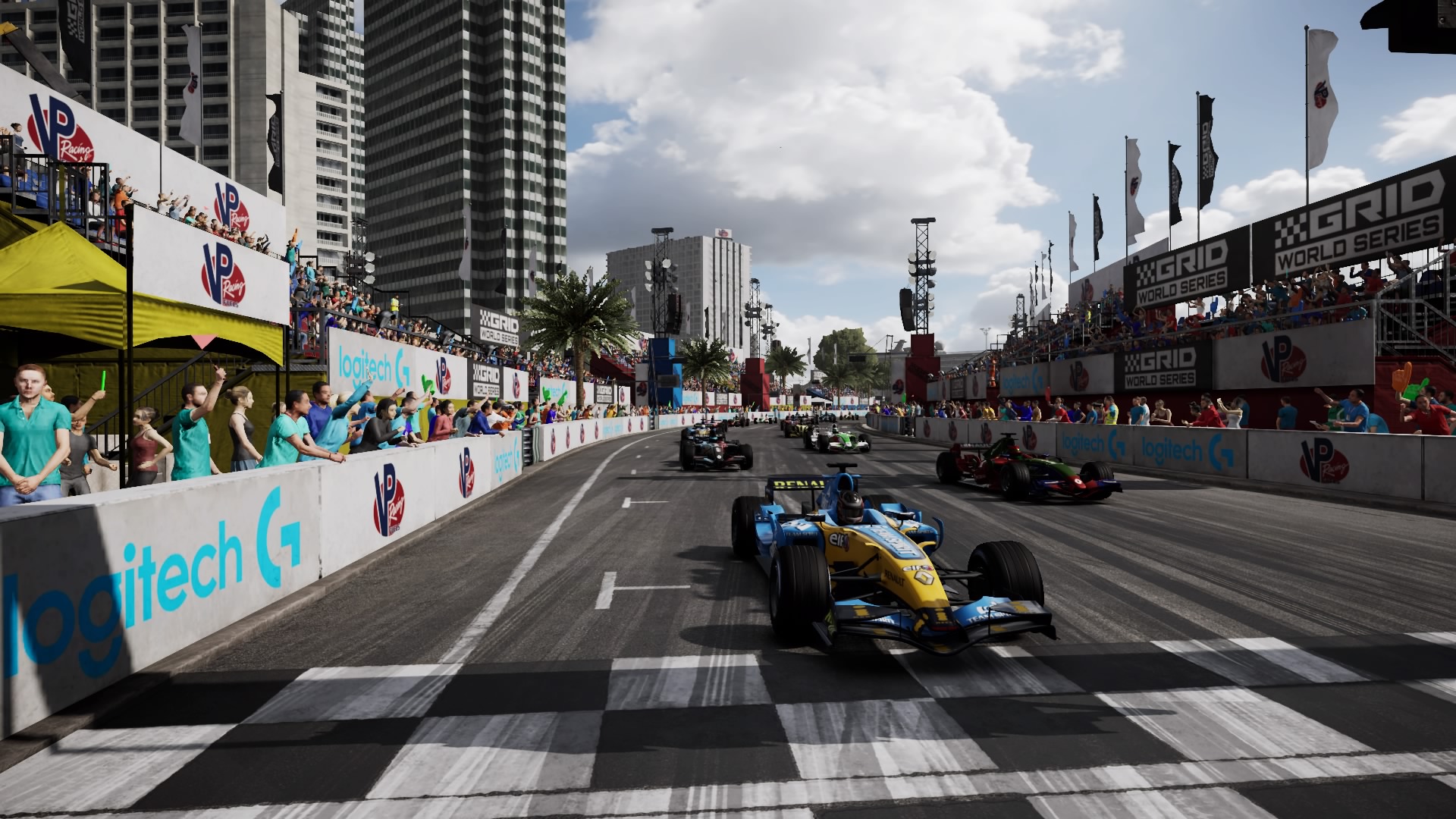
A lot of racing series never made it over from TOCA Race Driver 3 to GRID and many would be right at home with the tone of GRID Legends. None of the off-road racing championships made the transition but rallycross, buggy and monster truck racing would add some variety to the types of races in the game and would allow for some close quarters, aggressive racing.
Another form of racing that TOCA Race Driver 3 included which we already know to be in GRID Legends is truck racing. TOCA Race Driver 3 featured it in a more conventional sense but GRID Legends will have multi-class races and so the racers who decide to compete in a truck will simply be able to smash the other drivers’ cars to pieces.
You could quite easily have an off-road equivalent of that with rallycross cars having to dodge monster trucks trying to squash them, although it’s looking likely that GRID Legends will stick to the series’ formula of only having asphalt races.
In the eyes of many, the GRID series has steadily gone downhill ever since its fantastic debut game. The decision to lean into storytelling for GRID Legends is a debatable one since it’s an idea the earlier games always flirted with, but whether this second consecutive attempt at a reboot for the series will pay off is something we’ll simply have to wait and see.


